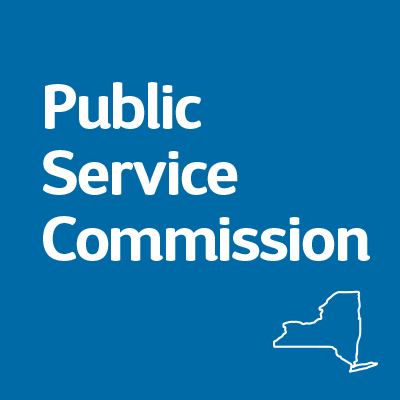Nuclear Reactors 387 - New York Public Service Commission Proposes Subsidies To Keep Nuclear Power Plants Operating
The cost of nuclear power keeps rising and the cost of fossil fuels remains low. The cost of new solar installation and new wind installations is now becoming cheaper than new nuclear builds. These trends have dampened public, political and economic interests in investing in new nuclear power plants. The construction and operation of nuclear power plants involves billions of dollars. The nuclear industry is fighting fiercely to keep building nuclear power plants and to keep operating existing nuclear power plants.
One of their tactics is to claim that nuclear power is important in the fight against climate change because it is a low carbon source of electricity. It is most certainly not a zero-carbon source as some have claimed. Analyses of carbon emissions resulting from construction, fuel mining and processing and waste disposal over the lifetime of a nuclear power plant indicates that while it is lower in carbon emissions than fossil fuels, it is not lower than alternative and sustainable sources such as hydro, solar and wind.
As more and more of the old nuclear power plants in the U.S. become uncompetitive against cheap fossil fuels and alternative sources, companies that operate these reactors have been lobbying for public subsidies to keep operating. Their claims rest primarily on low carbon emissions and loss of jobs around the plants.
The New York Public Service Commission recently ruled that low and non-carbon emitting energy sources including nuclear power plants had to be included in the state's Clean Energy Standard. It said that the CES had to include a way to support qualifying power plants that had become uncompetitive. The Fitzpatrick, Ginna and Nine Mile Point nuclear power plants are included in the proposals for the CES as in need of support.
The proposed subsidy program would start out around five hundred million dollars a year and rise to around eight hundred million dollars a year within twelve years. The PSC claims that a billion dollars in public subsidies would result in five billion dollars of savings and benefits during the first two years of the program.
Exelon Corporation owns and operates the Nine Mile Point nuclear power plant as well as the Ginna plant. Entergy operates the Fitzpatrick nuclear power plant. Both companies have said that they cannot continue to operate their nuclear power plants at a loss. The Nuclear Regulatory Commission has a rule that says that any nuclear power plant that cannot compete economically will lose its license. Public subsidies would allow power plants that were uncompetitive in the open market to keep operating.
It was recently reported that Exelon was considering the purchase of the Fitzpatrick nuclear power plant. Exelon would continue to operate the plant which is currently slated to close permanently in six months. The Exelon purchase of Fitzpatrick is said to be contingent on the passage of the CES proposed by the PSC.
I personally believe that it would be best for New York to close those nuclear power plants and embark on a crash program of construction of solar and wind power generation.
